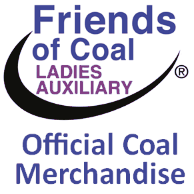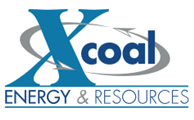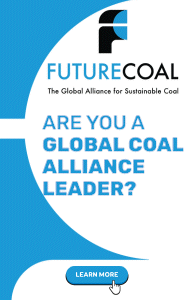
 











|
Signature Sponsor


March 16, 2023 - In the wake of Russia’s invasion of Ukraine and a surge in energy prices, natural gas demand in the European Union fell in 2022 by 55 bcm, or 13%, its steepest drop in history. The decline is the equivalent to the amount of gas needed to supply over 40 million homes. What were the main drivers behind this decline? In this commentary we assess how changes in the energy mix, economic activity, weather, behavioural changes and other factors were responsible for this dramatic shift in natural gas consumption. Milder winter temperatures certainly played a role. However, not all weather effects reduced gas use – low rainfall in southern Europe led to a very poor year for hydropower and increased the call on gas-fired power. Policy-driven changes were vital, most notably record additions of wind and solar capacity. High prices also played a considerable role in bringing down demand, especially in gas-intensive industrial sectors. However, the extent to which they led to permanent demand reductions remains unclear.
As noted by IEA Executive Director Fatih Birol, it is important to credit governments for how they responded to this large and complex energy crisis. Policy measures – such as renewable support schemes, grants and preferential loans for housing retrofits and heat pump installations, alongside campaigns to encourage behavioural change – all played a part in moderating gas demand. Rapid adjustment to lower Russian gas exports and higher prices was also possible thanks to decades of reforms and policy initiatives, which enabled large consumers to lower their consumption, pursue import substitution and draw on alternative supplies across a well-meshed European gas grid. Nonetheless, there remains a vigorous debate about what weight should be assigned to each factor in reducing gas demand.
Power was the only sector in which gas demand rose above 2021 levels, with some of the notable changes caused by:
The buildings sector, which comprises both households and public and commercial spaces, used 28 bcm less natural gas than in 2021, a drop of almost 20%:
In the industry sector gas use fell by 25 bcm, or around 25%:
Overall, all these factors together contributed to a 13% drop in natural gas demand in a single year. The largest reductions in percentage terms occurred in Northern and Northwest European EU member states, where gas use declined across industry, buildings and power. Some of these factors can be considered cyclical or temporary – such as price-sensitive fuel switching or weather effects. Others, such as renewable capacity additions, efficiency improvements and sales of heat pumps, are structural – laying the foundation for lasting reductions in gas demand. There are also less desirable structural changes, such as permanent closures of factories or businesses. In the middle are changes such as voluntary actions to reduce demand or import substitutions to manage higher prices, which may not endure if gas markets rebalance and prices revert to historical averages. Despite this historic drop in demand, the EU’s gas import bill ran close to EUR 400 billion in 2022 – more than three times the level in 2021. Russia’s share of total EU natural gas demand fell from 40% in 2021 to below 10% by the end of 2022, but the sharp increase in prices nonetheless ensured significant income for Russia over the course of 2022. Gas prices have come off recent highs and, according to Russia’s Ministry of Finance, natural gas revenues dropped by over 40% over the first two months of 2023 compared with the same period in 2022.
As we move into 2023, tensions in Europe’s gas market have significantly moderated due to favourable weather conditions and timely policy actions. However, gas supply is set to remain tight in 2023 with an unusually wide range of uncertainties and risk. These include the possibility of a complete cessation of Russian pipeline gas deliveries to the European Union, as well as potentially tighter LNG supply as China’s LNG imports recover. Weather-related factors – such a dry summer or a cold winter later in 2023 – could put further pressure on gas markets. Continuing the strong momentum in renewables growth seen in 2022 would also need sustained policy efforts. Acknowledging these risks, the IEA hosted a Special Ministerial in mid-February. Forty governments took part, discussing how to foster gas supply security and highlighting the need for structural gas demand reduction and enhanced dialogue between consumers and responsible gas producers. Such efforts are essential to manage ongoing supply risks without harming economic activity or compromising climate targets. Global CO2 emissions from natural gas fell in 2022 by 115 million tonnes, with the European Union alone accounting for more than 100 million tonnes of this reduction. This was more than offset by the uptick in coal and oil-related emissions, but the rise in overall energy-related CO2 emissions worldwide would have been three times higher without 2022’s rapid rate of clean energy deployment. Spurred on by additional government support and even more favourable economics, the amount of added renewable power capacity worldwide rose by about a quarter in 2022; global electric car sales leaped by close to 60% and investments in energy efficiency were sharply higher. Fostering these lasting solutions to the global energy crisis – both in Europe and further afield – needs to remain a cornerstone of European energy and climate policy. |
 








|
.png)
.png)
.png)